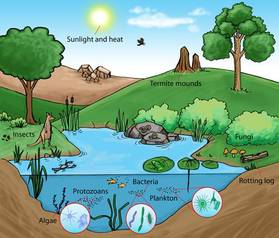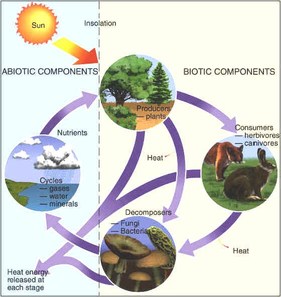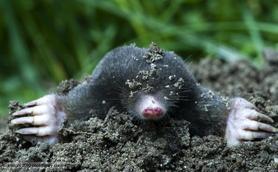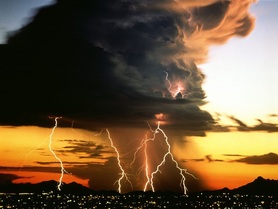Abiotic & Biotic
Lesson 1.1 - Ecosystems Support Life
Key Concepts
- Living things depend on the environment
- Biotic factors interact with an ecosystem
- Many abiotic factors affect ecosystems
| lesson_1.1.pdf | |
| File Size: | 215 kb |
| File Type: | |




